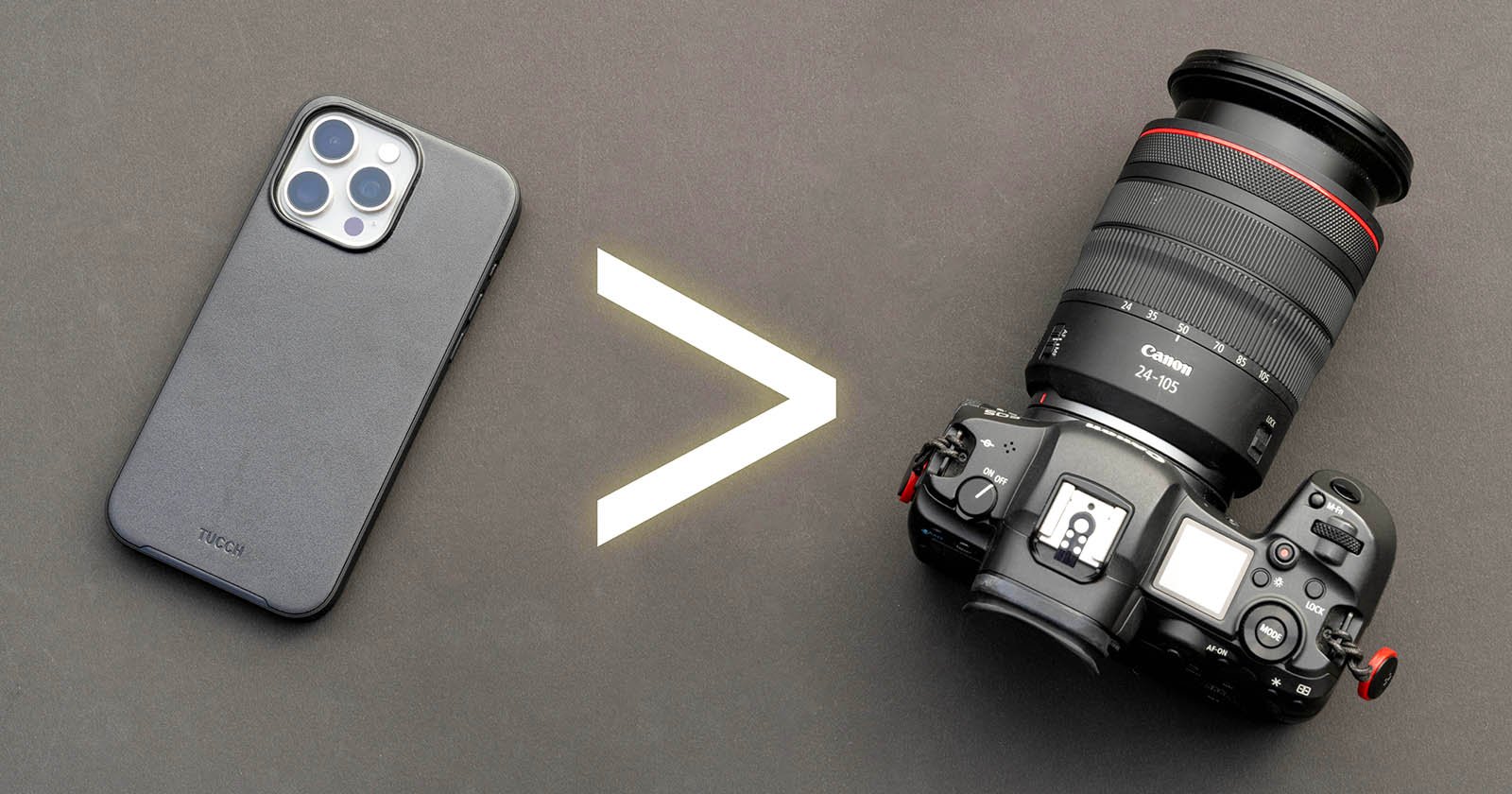In today’s digital age, capturing life’s moments has become easier than ever. Smartphones boast impressive camera capabilities, but dedicated digital cameras still dominate the photography scene. Choosing between the two can be overwhelming, especially for those new to the world of photography. This article delves deeper into the strengths and weaknesses of both options, helping you pick the right tool for your needs and budget.
Convenience and Portability: The Smartphone Advantage
Smartphones are the epitome of convenience. They’re always with you, tucked away in your pocket or purse, ready to capture spontaneous moments on a whim. No need to lug around a bulky camera bag or worry about missing that fleeting photo opportunity. Additionally, smartphone cameras excel in quick sharing. Integrated editing apps and social media platforms allow you to capture, edit, and share photos seamlessly, ideal for those who want to document life in real-time.
Computational Photography: A Software-Driven Advantage
Modern smartphones leverage computational photography – a combination of hardware and software techniques – to enhance image quality. Features like HDR (High Dynamic Range) create balanced exposure, while noise reduction algorithms minimize grain in low-light situations. Night mode options offer surprisingly clear images even in dimly lit environments. Furthermore, smartphones offer various shooting modes like portrait mode, panorama, and slow-motion, allowing for creative exploration without the need for additional equipment.
Limitations of Smartphone Photography: Sensor Size Matters
Despite their advancements, smartphone cameras have inherent limitations. The primary constraint is sensor size. Smartphones employ tiny sensors compared to those found in dedicated cameras. This smaller size translates to less light capture, impacting image quality, especially in low-light settings. Photos might appear grainy or lack detail in shadows and highlights.
Limited Control and Flexibility
Smartphone cameras offer a point-and-shoot experience with minimal manual controls. While some offer features like exposure compensation and white balance adjustments, the level of control pales in comparison to dedicated cameras. Additionally, smartphone lenses are fixed-focal length, meaning you can’t zoom in optically like you can with interchangeable lenses on dedicated cameras. This restricts your ability to frame shots precisely or achieve creative effects like background blur.
Digital Camera Powerhouse: Superior Image Quality
Dedicated digital cameras, especially those with larger APS-C or full-frame sensors, capture stunning images with exceptional detail, clarity, and dynamic range. Low-light performance is significantly better, producing noise-free images even in challenging lighting conditions. This superior image quality allows for significant post-processing freedom, allowing you to push the boundaries of creativity.
Interchangeable Lenses: A World of Creative Possibilities
Dedicated cameras offer the flexibility of interchangeable lenses, opening doors to a world of creative possibilities. Wide-angle lenses allow you to capture vast landscapes or spacious interiors. Telephoto lenses bring distant subjects closer, ideal for wildlife photography or sports action. Macro lenses reveal the intricate details of tiny subjects. This level of versatility allows you to adapt your gear to different shooting situations.
Manual Controls and Customization
Digital cameras offer a plethora of manual controls, empowering you to take complete control over exposure, aperture, shutter speed, and ISO. This granular control allows you to achieve specific creative effects and capture images that perfectly reflect your artistic vision. Additionally, dedicated cameras boast features like viewfinders (optical or electronic), which provide a more immersive shooting experience compared to relying solely on the smartphone screen.
Bulkier and Less Convenient
The most significant downside of dedicated cameras is their size and weight. They require carrying extra gear, which can be cumbersome and inconvenient, especially for casual photography or travel. Additionally, sharing photos might involve transferring them to your computer or phone before uploading them to social media platforms.
Cost Considerations
Smartphone cameras come built-in with the phone, eliminating the need for additional investment. However, dedicated cameras require an initial purchase, with prices ranging from budget-friendly options to high-end professional models. The cost also needs to factor in the potential expense of interchangeable lenses and other accessories.
The Verdict: Finding the Right Fit
The best option for you depends on your photography goals and priorities.
Choose a Smartphone if:
- Convenience and portability are paramount.
- You prioritize social media sharing and instant gratification.
- You’re a casual photographer content with point-and-shoot functionality.
- Your budget doesn’t allow for additional camera equipment.
Choose a Dedicated Camera if:
- Image quality is your top priority.
- You crave creative control and advanced features.
- You enjoy different shooting styles and desire interchangeable lenses.
- You’re willing to invest in equipment and dedicate time to learning photography.
Bridging the Gap: Hybrid Solutions
For those seeking a middle ground, consider advanced smartphone photography techniques. Utilize tripods for stability and explore apps offering manual controls for a more DSLR-like experience. Additionally, investing in external lenses that clip onto your smartphone can offer wider zoom ranges or macro capabilities. Popular editing software like Adobe Lightroom Mobile and Snapseed offer powerful tools to enhance your photos further. Ultimately, whether you choose a smartphone or a dedicated camera, the key is to have fun and capture the moments that matter to you. With a little practice and exploration, you can unlock your creative potential and tell your visual stories with confidence.


